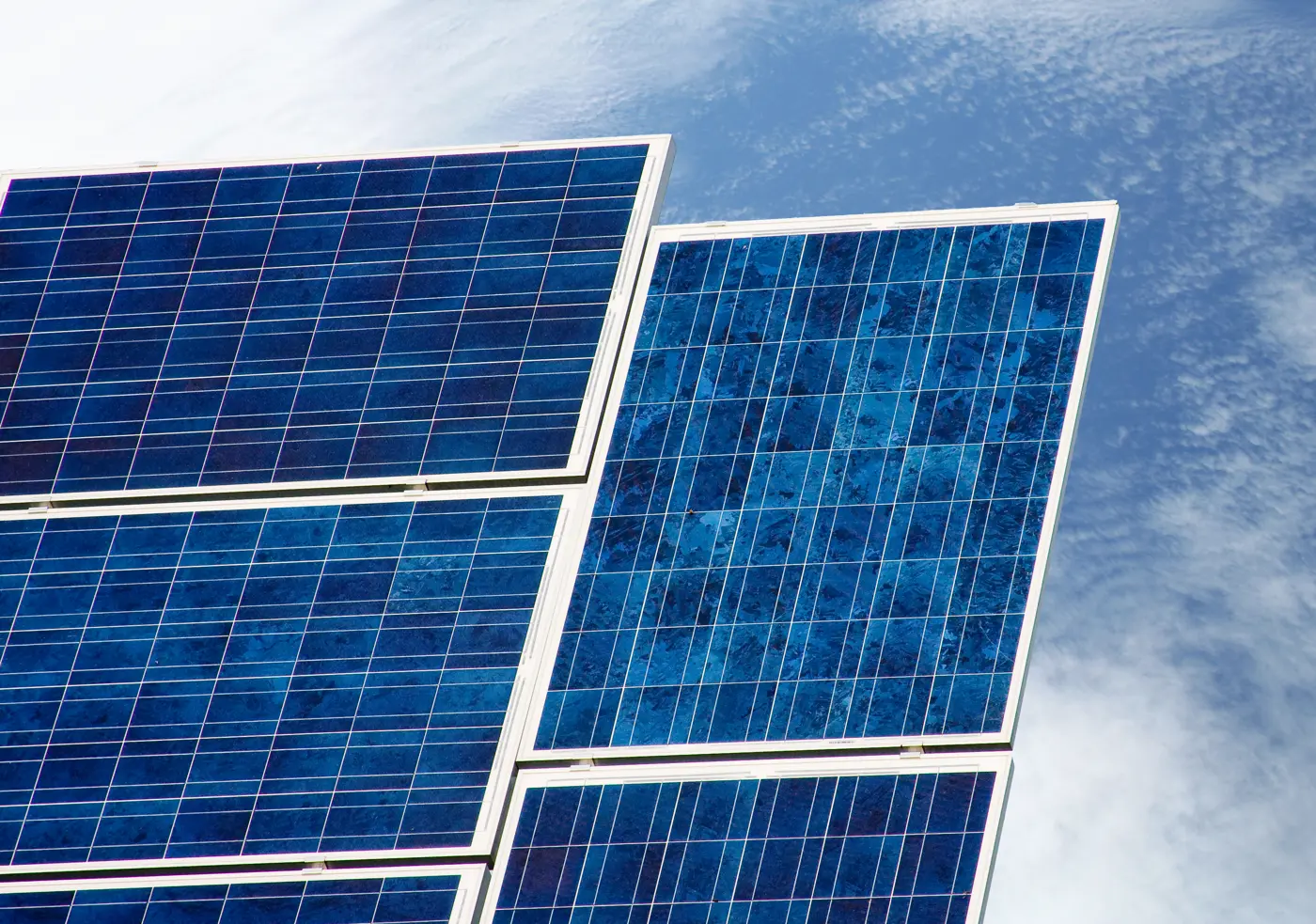Congestion and Interruption Management for Distributed Generation
WEL's network has traditionally been designed for electricity flow in one direction. Increasingly, Distributed Generation (DG) is introducing bi-directional electricity flow on to the network and this may lead to congestion.
Congestion occurs if an additional unit of electricity injected into the network would cause a component in the network (e.g. a transformer) to operate beyond its rated maximum capacity, or give rise to an unacceptably high level of voltage at the point of connection to the network.
We manage network congestion by:
-
ensuring DG connections are in unconstrained areas or are accompanied by appropriate network upgrades.
-
implementing real-time operational curtailment rules and arrangements on case-by-case basis.
The network congestion measure will be dependent on the extent of congestion, technical and operational characteristics, and connection terms and conditions. In some cases DG may add to existing network congestion, requiring network reinforcement to be undertaken. We will assess the incremental cost to relieve this constraint and allocate a pro-rata share of the network reinforcement cost consistent with our capital contribution policy.
Interruption
In the event of a fault on WEL's distribution network, any distribution generator must through their own protection systems be automatically disconnected from the network. The customer has sole responsibility for the safety of their generating plant and equipment under such conditions.

